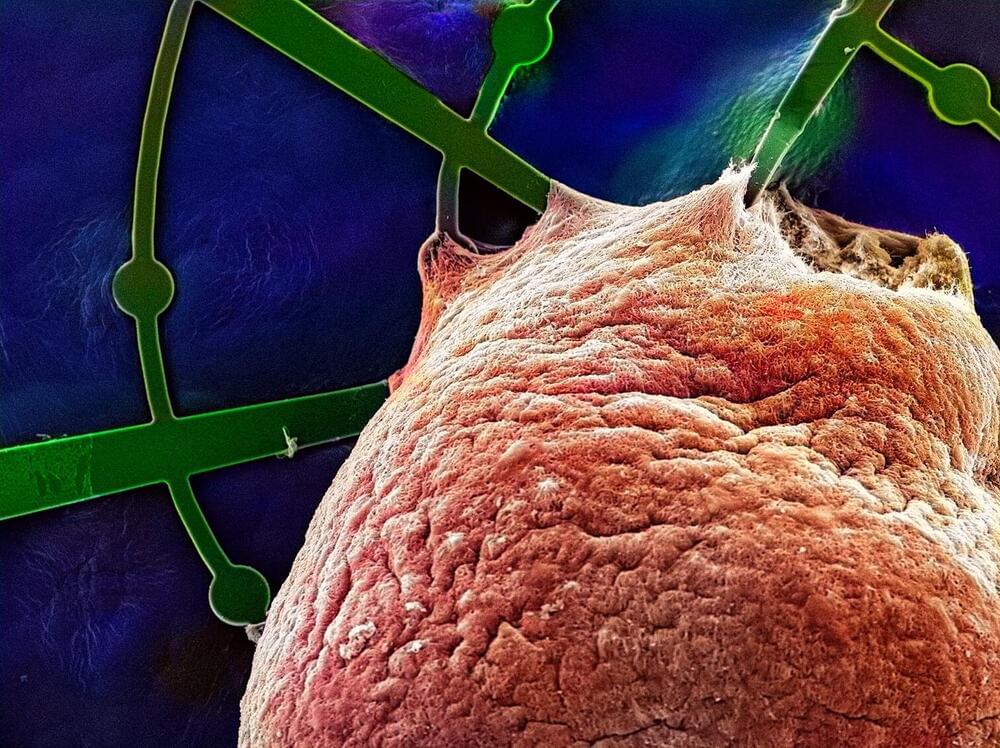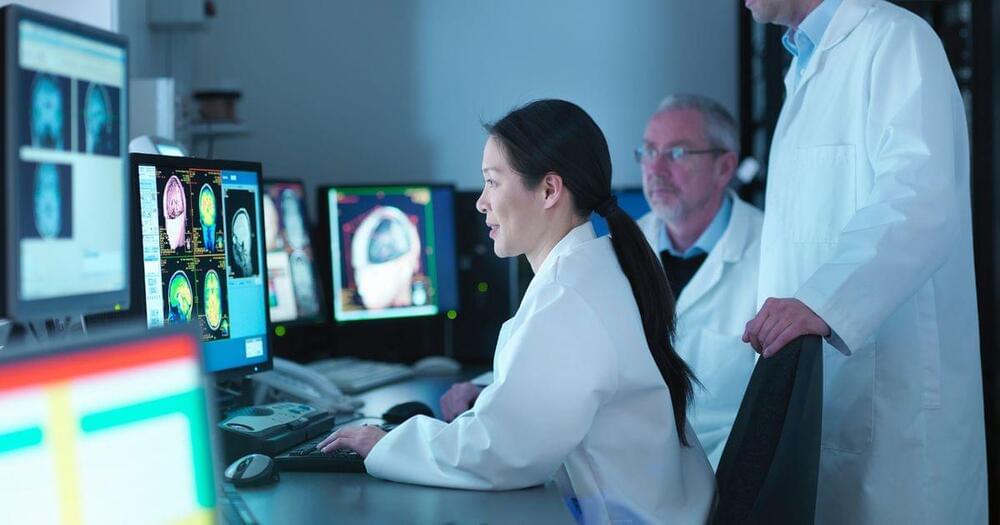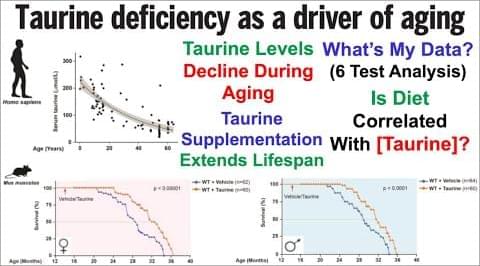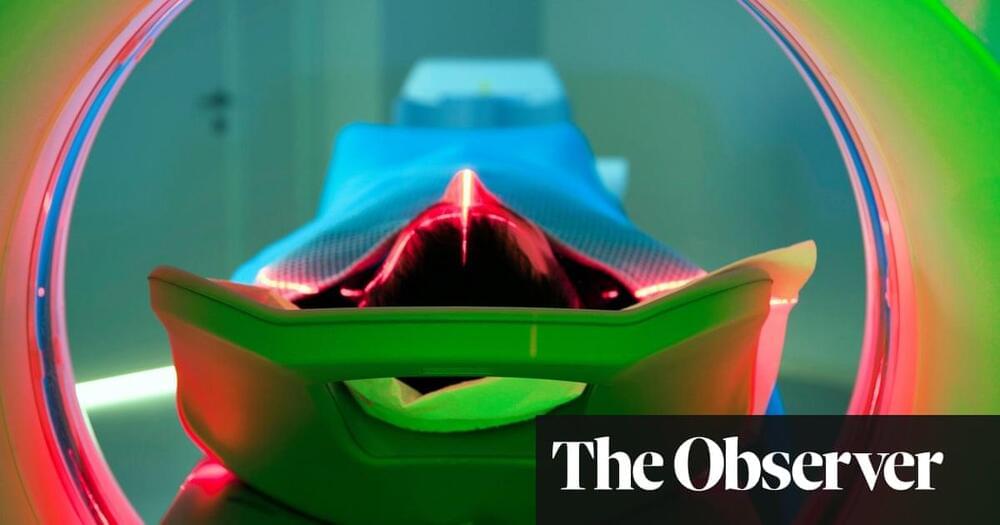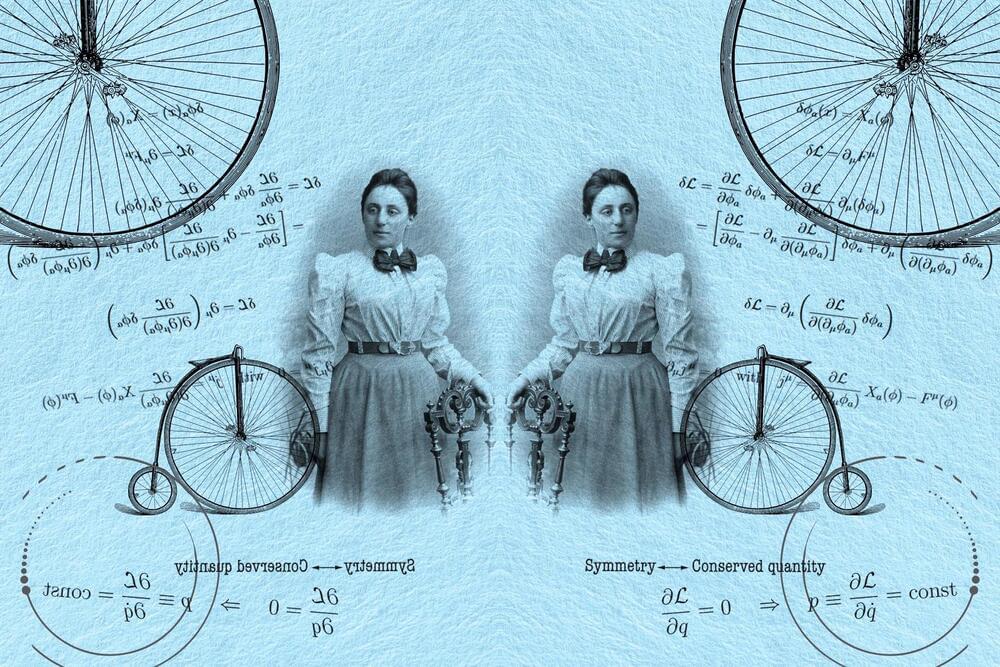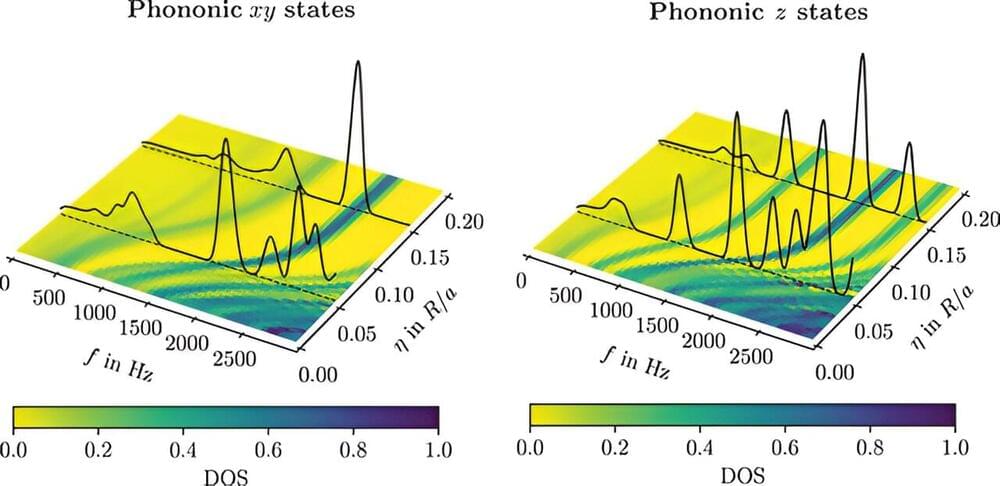Brain organoids are self-organizing tissue cultures grown from patient cell-derived induced pluripotent stem cells. They form tissue structures that resemble the brain in vivo in many ways. This makes brain organoids interesting for studying both normal brain development and for the development of neurological diseases. However, organoids have been poorly studied in terms of neuronal activity, as measured by electrical signals from the cells.
A team of scientists led by Dr. Thomas Rauen from the Max Planck Institute for Molecular Biomedicine in Münster, Germany, in collaboration with Dr. Peter Jones’ group at the NMI (Natural and Medical Sciences Institute at the University of Tübingen, Germany), has now developed a novel microelectrode array system (Mesh-MEA) that not only provides optimal growth conditions for human brain organoids, but also allows non-invasive electrophysiological measurements throughout the entire growth period. This opens up new perspectives for the study of various brain diseases and the development of new therapeutic approaches.
The study is published in the journal Biosensors and Bioelectronics.
